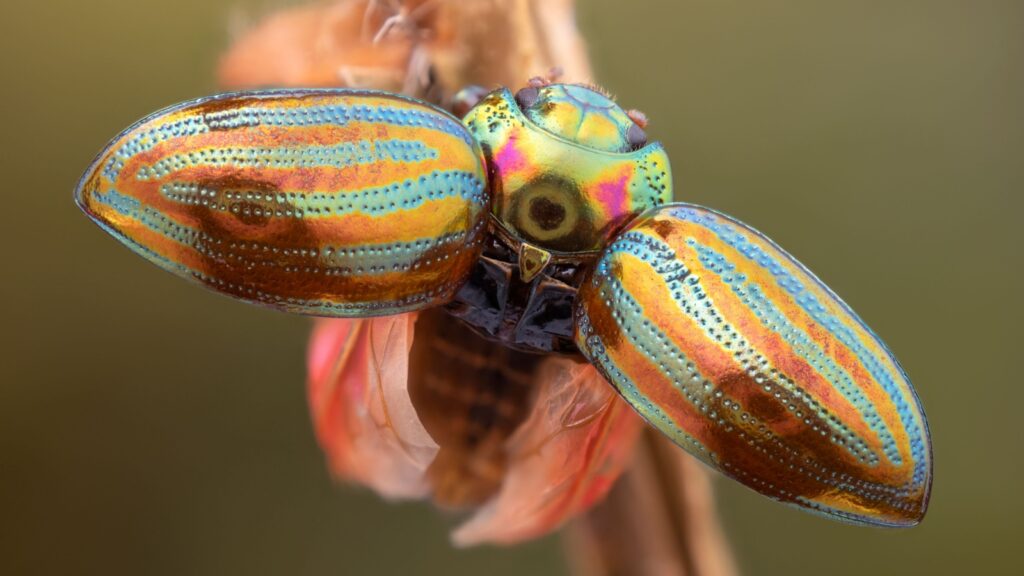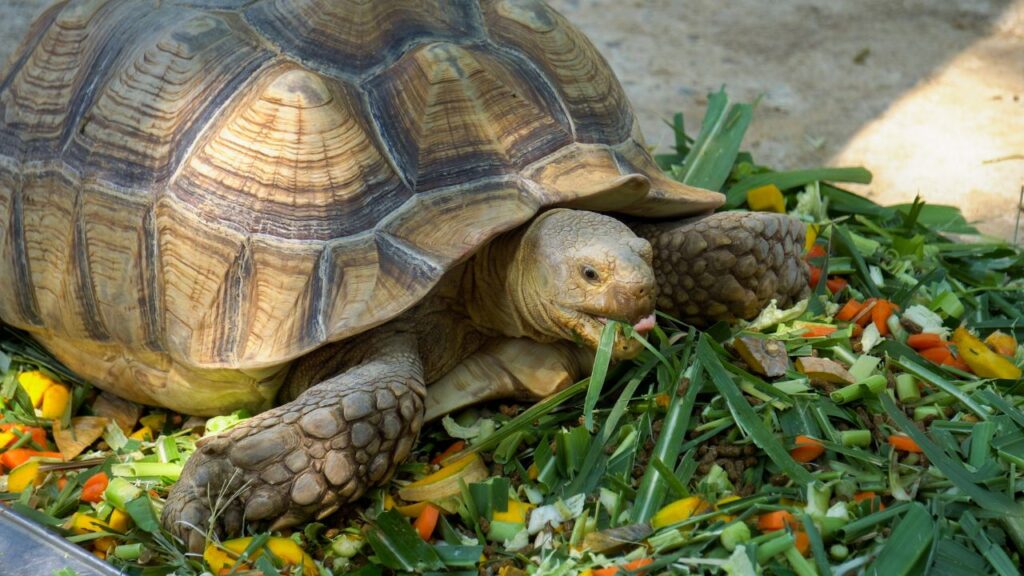Britain’s ecosystems are facing a silent invasion. Non-native insect species are quietly establishing themselves across the country, often with far-reaching consequences for local wildlife and plant life. Even seemingly harmless insects can do untold damage to native plant and insect populations. Let’s take a look at some of the more problematic invasive species gaining a foothold in our countryside.
Asian Hornet
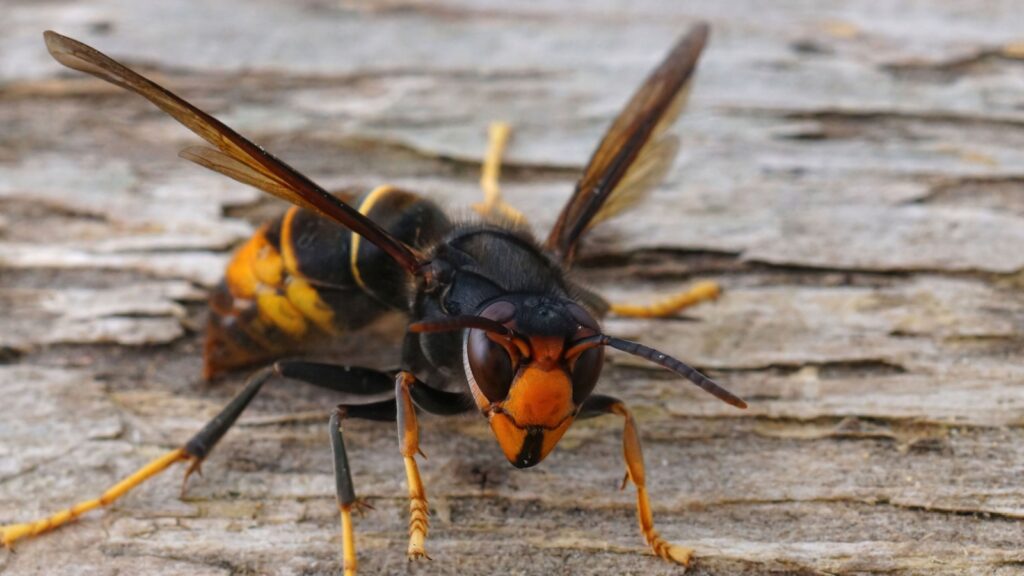
The Asian hornet is a recent arrival to British shores, first spotted in 2016. These large, aggressive wasps pose a significant threat to honey bees and other pollinators. They can devour entire bee colonies, putting our already struggling bee populations at further risk. Efforts are underway to track and eliminate Asian hornet nests before they become established.
Harlequin Ladybird
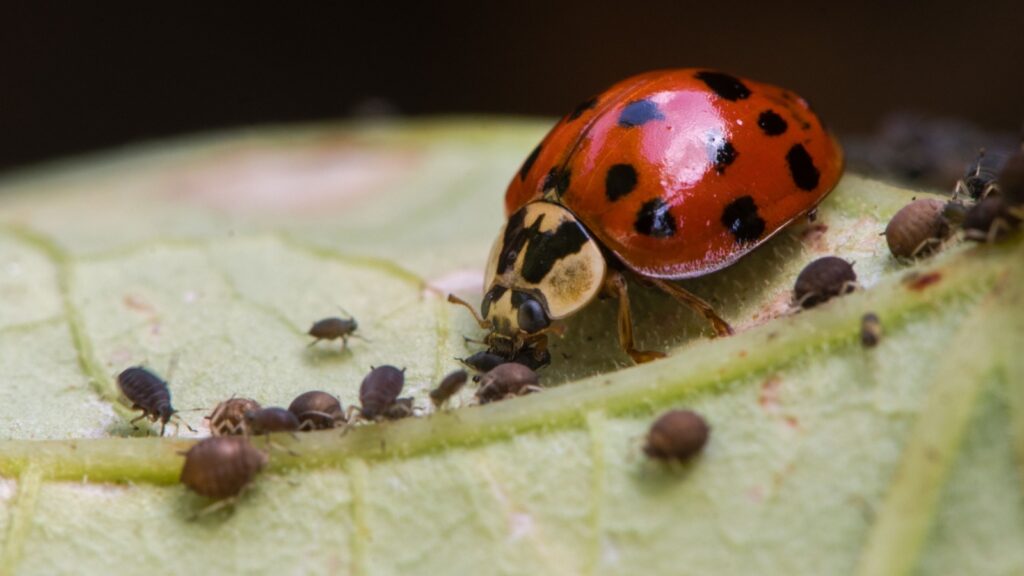
Harlequin ladybirds are one of the most invasive insects in Europe. They arrived in Britain in 2004 and have spread rapidly. These voracious eaters outcompete native ladybird species for food and habitat. They even eat the eggs and larvae of other ladybirds. Their impact on aphid populations, which they feed on, can also affect entire ecosystems.
Horse Chestnut Leaf Miner Moth
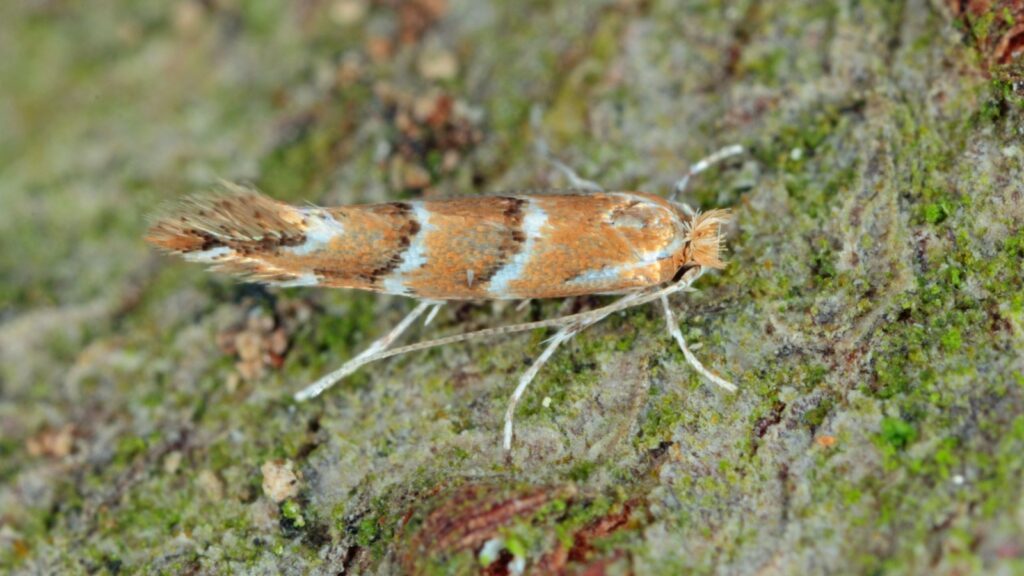
This tiny moth has been causing big problems for Britain’s beloved horse chestnut trees since 2002. The moth’s larvae tunnel through chestnut leaves, causing them to turn brown and fall early. While this doesn’t usually kill the trees, it weakens them and makes them more susceptible to other diseases. The rapid spread of this moth has changed the autumn landscape in many parts of Britain.
Oak Processionary Moth
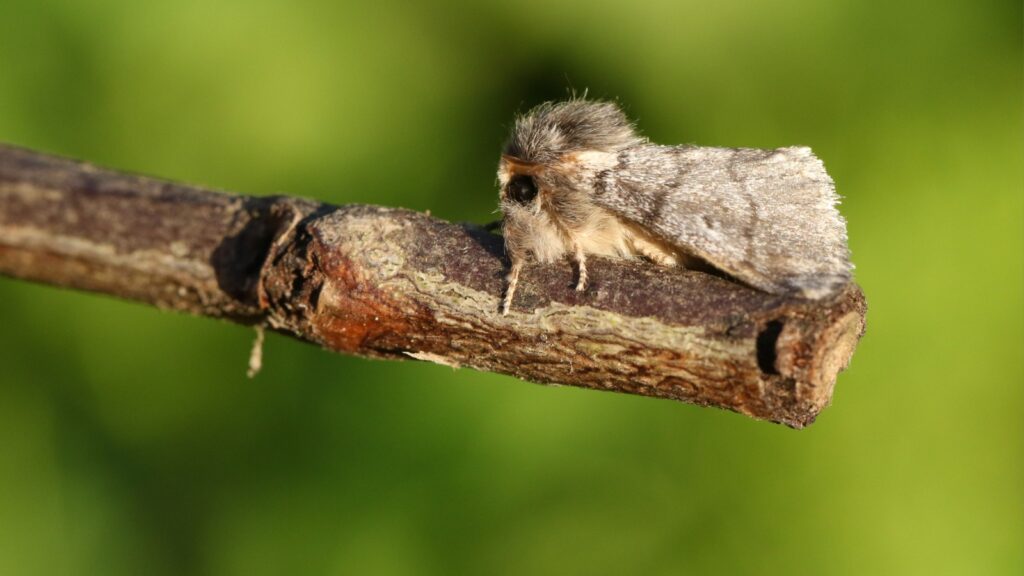
The oak processionary moth is a double threat. Its caterpillars strip oak trees of their leaves, weakening the trees. But they’re also a human health hazard. The caterpillars are covered in tiny hairs that can cause severe allergic reactions in people. Since its arrival in 2006, authorities have been working hard to contain its spread.
Red Palm Weevil
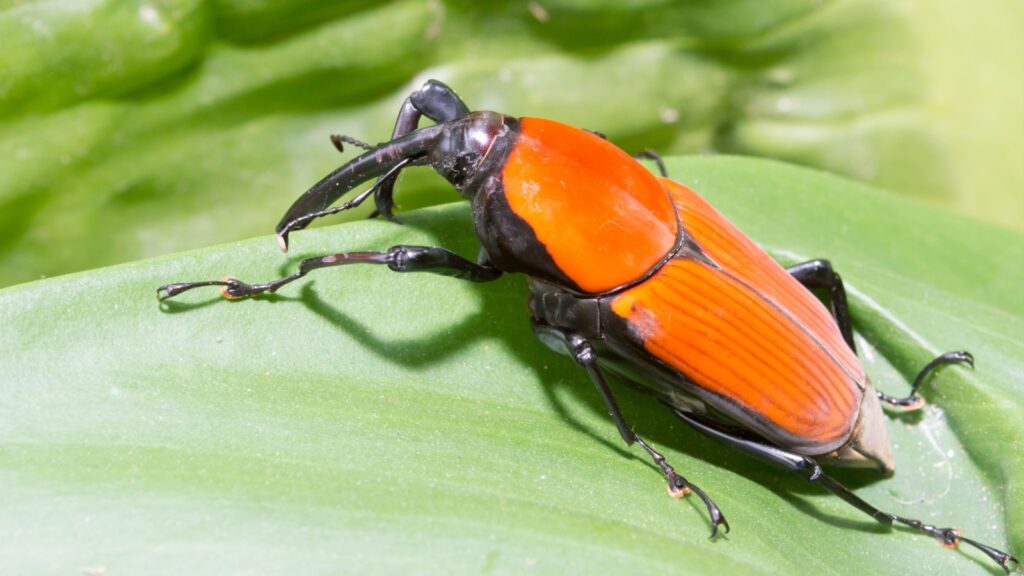
Though not widespread in Britain yet, the red palm weevil is a concern for palm tree enthusiasts. This beetle lays its eggs inside palm trees, and the larvae eat the tree from the inside out. It has already caused significant damage to palm populations in southern Europe. Climate change could make Britain more hospitable for this pest in the future.
Asian Longhorn Beetle
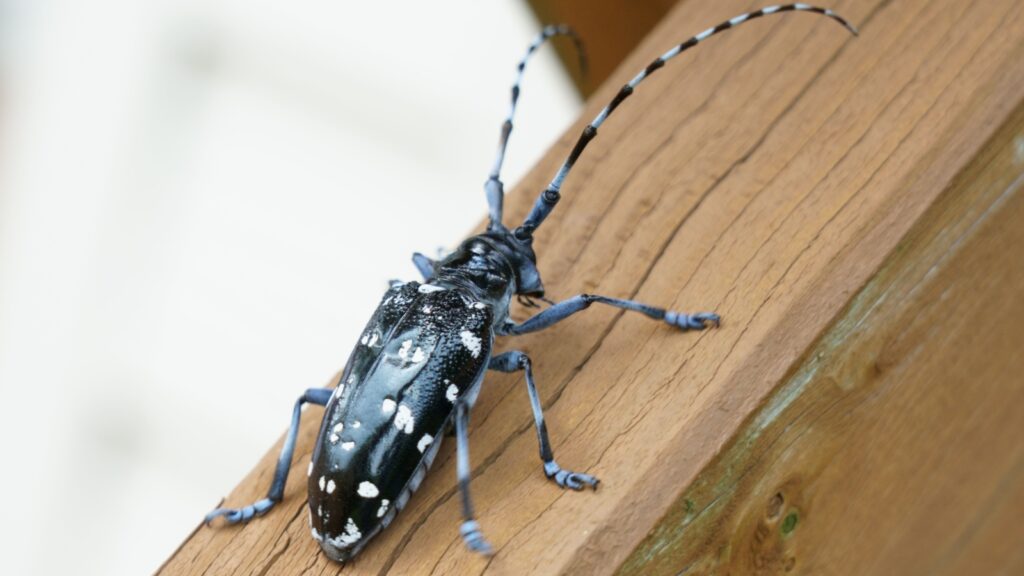
The Asian longhorn beetle is a wood-boring insect that poses a serious threat to Britain’s broadleaf trees. It can attack and kill a wide range of tree species, including oak, birch, and maple. While outbreaks have been successfully contained so far, the potential for widespread damage to forests and urban trees remains a concern.
New Zealand Flatworm
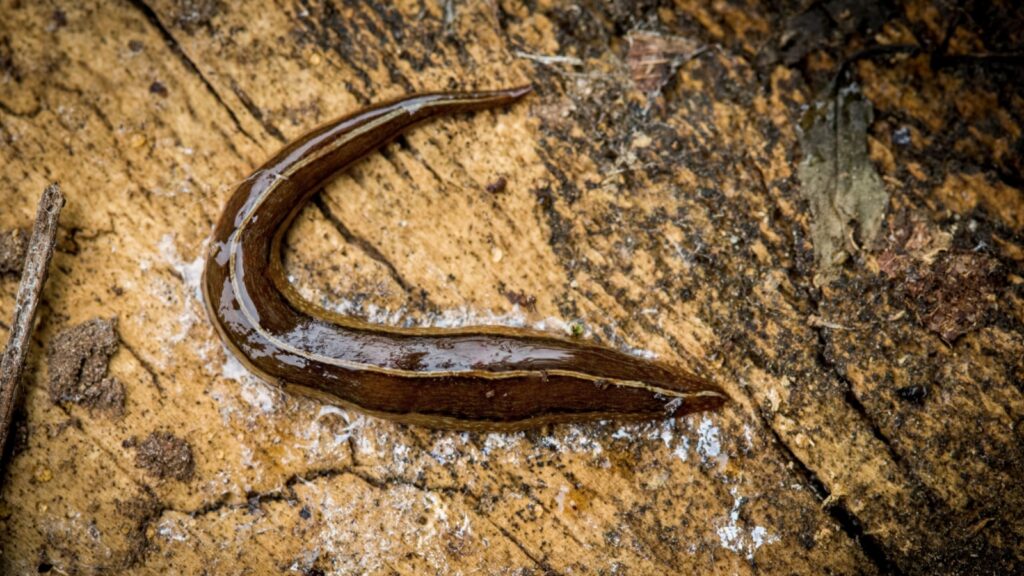
Technically not an insect, but a flatworm, this invasive species is wreaking havoc on Britain’s earthworm populations. It preys on native earthworms, which are crucial for soil health. The loss of earthworms can lead to compacted, less fertile soil, affecting plant growth and even increasing flood risks.
Rosemary Leaf Beetle
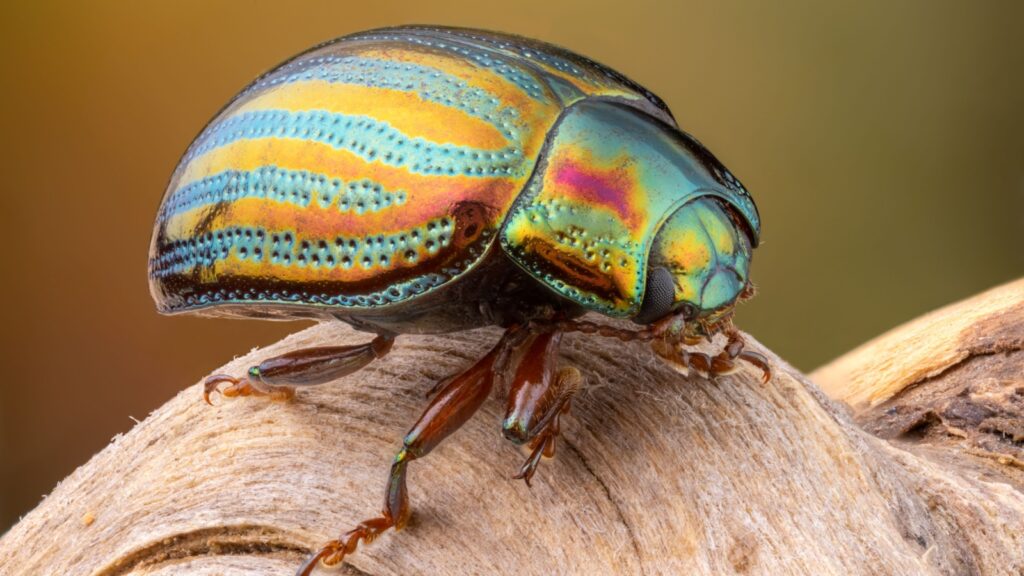
This colorful beetle might look pretty, but it’s bad news for herb gardens. It feeds on rosemary, lavender, thyme, and sage, causing significant damage to these plants. Since its arrival in the 1990s, it has spread across much of England and Wales, becoming a headache for gardeners.
Lily Beetle
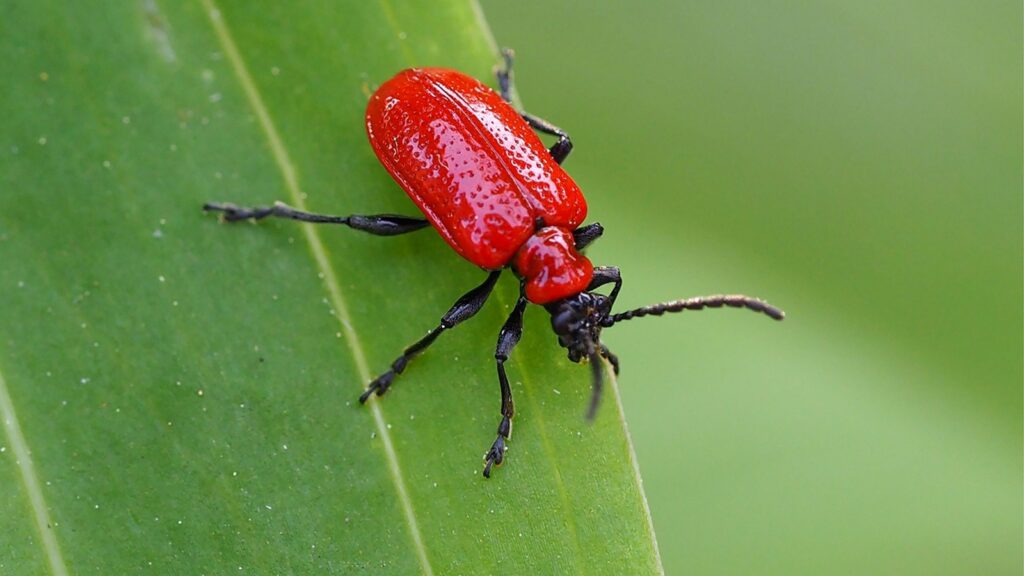
The bright red lily beetle is a nightmare for lily growers. Both adults and larvae feed on lily and fritillary leaves, often completely defoliating plants. Since its establishment in the UK in the 1940s, it has spread widely, causing gardeners to think twice about growing lilies.
Pine Processionary Moth

This moth, related to the oak processionary moth, poses a threat to pine trees. Its caterpillars feed on pine needles, weakening the trees. Like its oak-loving cousin, these caterpillars also have irritating hairs that can cause allergic reactions in humans and animals.
Western Conifer Seed Bug
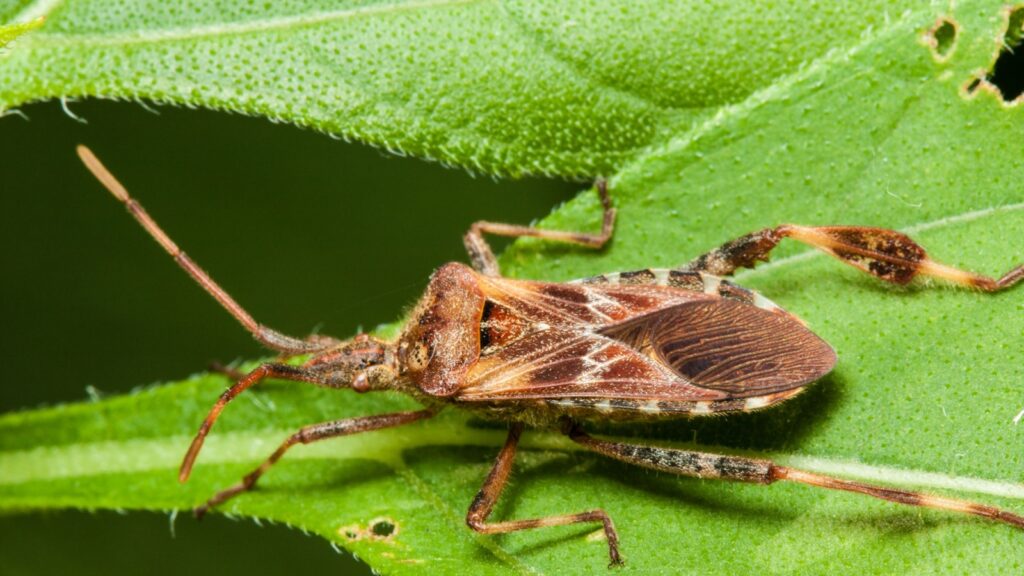
Despite its name, this bug doesn’t just eat seeds. It also sucks sap from conifer shoots, potentially damaging Christmas tree crops. While its economic impact has been limited so far, it’s becoming an increasingly common sight in British homes during autumn, as it seeks warm places to overwinter.
Cypress Jewel Beetle
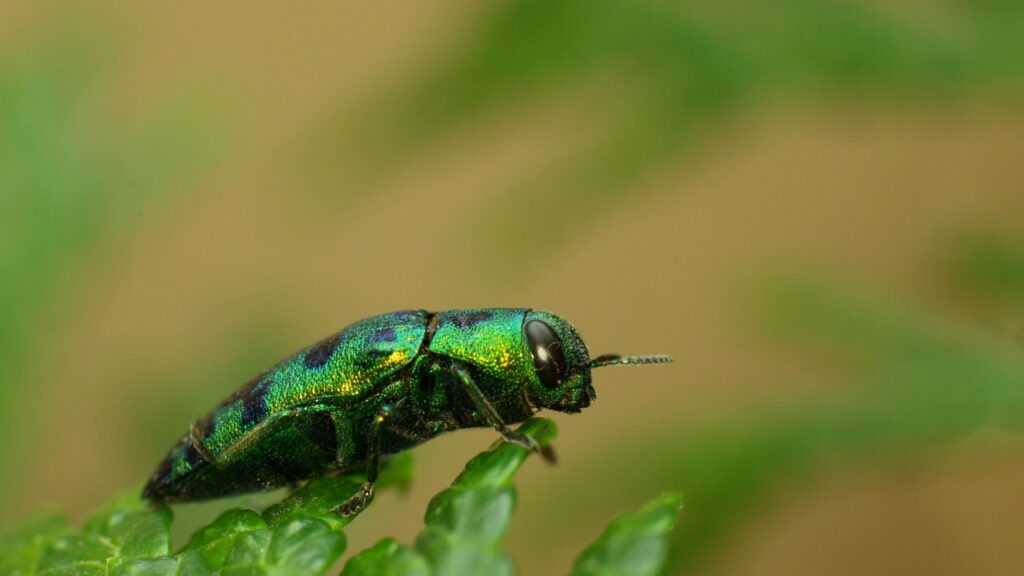
This small, metallic green beetle is a threat to cypress and juniper trees. Its larvae tunnel under the bark, eventually killing branches or entire trees. While currently limited in distribution, there are concerns it could spread more widely, particularly in southern England.
Brown Marmorated Stink Bug
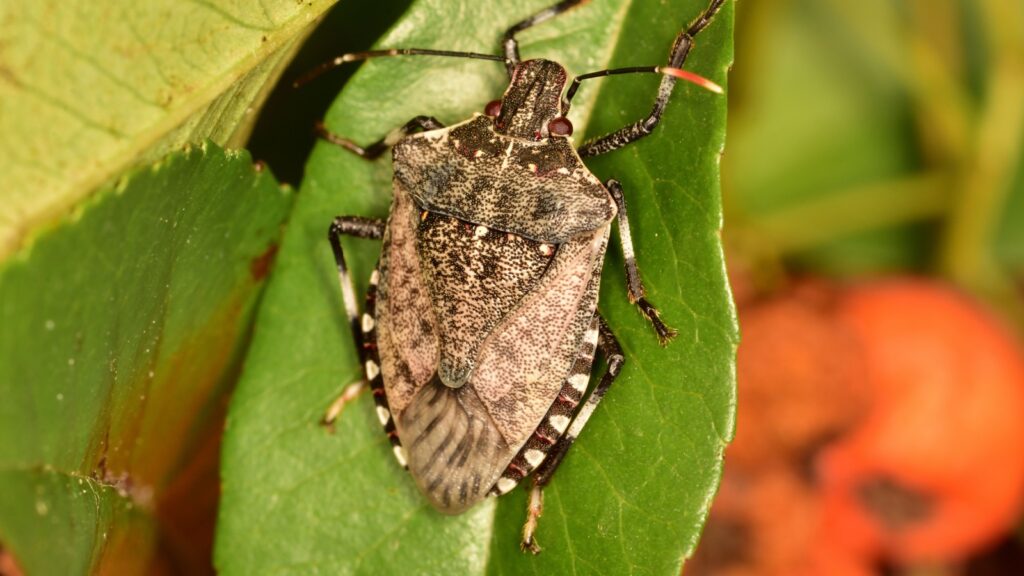
A relatively new arrival to the UK, this shield-shaped bug can damage a wide range of crops and ornamental plants. It’s also known for invading homes in large numbers to overwinter, releasing an unpleasant smell when disturbed. Monitoring is ongoing to track its spread and impact.
Argentine Ant
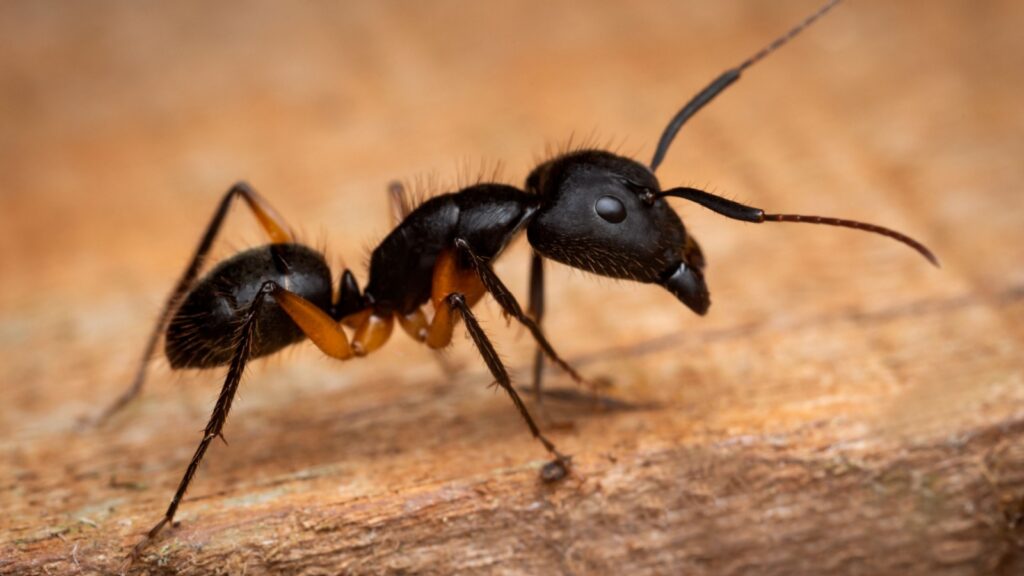
These tiny ants form super-colonies, overwhelming native ant species and other insects. They can also protect pest insects like aphids, disrupting natural pest control in gardens and farms. While currently limited to a few locations in Britain, there are concerns about their potential to spread.
Asian Tiger Mosquito
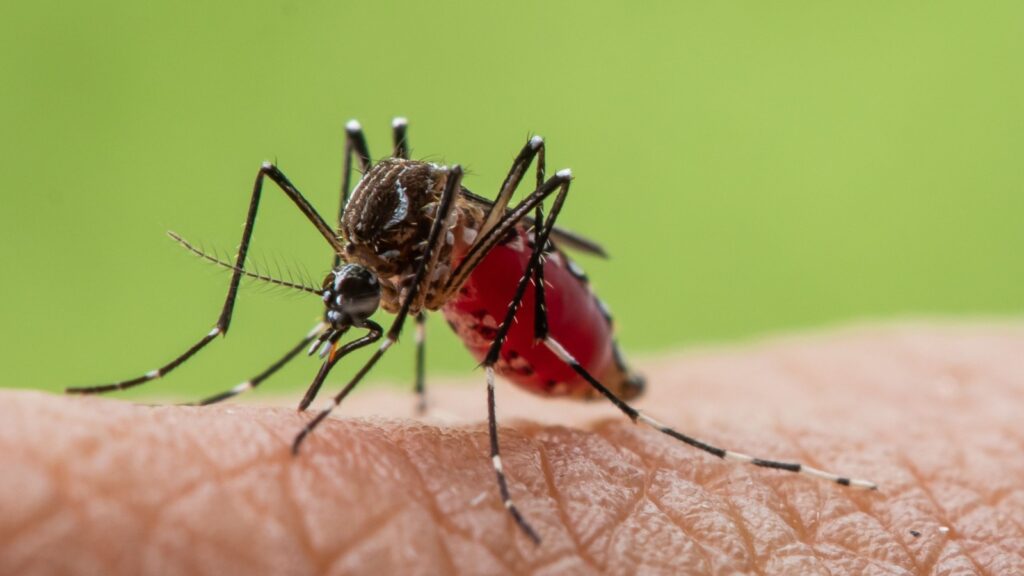
While not yet established in the UK, the Asian tiger mosquito is knocking at the door. It’s been found in southeast England but hasn’t yet formed breeding populations. This mosquito can spread diseases like dengue fever and chikungunya, making it a significant public health concern if it does become established.

